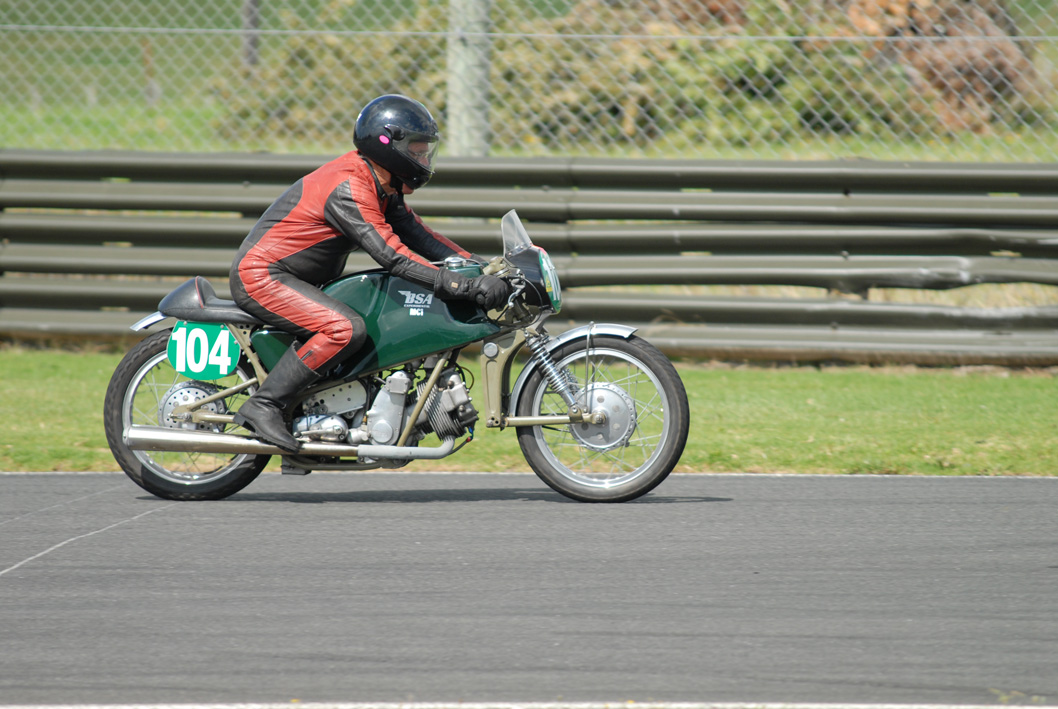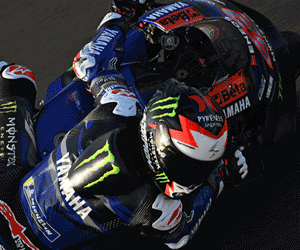When the Elf racers showed up at the track with the so-called ‘death of the forks’ thirty-odd years ago, who’d have thought that the forks would outlive the tape player, disco, VCRs and the Elf itself?
Words: Kev
Despite the much discussed shortcomings, the telescopic front fork still dominates the motorcycling world. There are alternatives; some even seem promising, so why do we stick with the sliding tubes? Before we berate the fork for being antiquated and flawed, let’s look at what it does so well.
The front suspension on most bikes not made in Bavaria, and even some that are, bear a striking resemblance to the units seen on motorcycles since the Rolling Stones were toddlers, albeit upside down in most cases nowadays. While we’re talking conventional, inverted or upside down, (USD) should this be the time to admit that ‘upside down’ or ‘inverted’ is now the norm so what was ‘conventional’ is now upside down and USD is actually right way up?
Either way up, the principle is the same. For decades, people have been trying to minimise fork dive under braking and the change in steering geometry that comes with a suddenly steepened front-end. History is littered with great ideas that work around these problems, only to dig up a set of new ones. BMW have been using their Telelever setup for a few years now, but not on their sports models, like the S 1000 RR. Even the touring segment is divided, some leaning towards systems like found on BMWs, others preferring the traditional forks’ feel at the cost of front-end dive and the issues involved with the aforementioned change in geometry. Despite the well known shortcomings, the telescopic front fork has been developed into a very efficient, tuneable component that is inherently easy to adapt to different conditions and is also light and relatively inexpensive to produce. You can pay extra and get better forks; if you have a bundle of cash burning through your pocket, you can spend big money and get the very same forks as in WSB but even getting yours professionally tuned can make the world of difference.
Lately, the fork has been getting some new ideas thrown its way, with the introduction of Big Piston Forks (BPF) and now SFF (Separate Function Forks) that use one side for compression control and the other sorting rebound, something that has already been and gone a couple of times in MotoGP too, and for 2014-15 there are a couple of motocross models that have headed down the spring-less track, using air instead. Air suspension is not new but the method is more sophisticated on the new models. It is, however, merely an amendment to the traditional (nowadays) forks. Despite being pneumatic rather than hydraulic, they look exactly the same.
The newer cartridge forks, with ever larger pistons (BPF), are taking over from older technology; it’s a natural progression after all, as is the electronic theme that is making serious inroads. Sure, there has been a lot of fettling with the design but the basic principle is unchanged in contrast to the other end, where linkages and single shocks have relegated the twin shock setup to the dusty pages of old magazines, except for a few retro styled nakeds and the traditional cruisers. Mind you, in the 80s there were a few experiments with forks being used for the rear suspension as well, with the same type of suspension, as in forks, on both ends, like some genetic lab-rat with two heads, it looks a little odd but apparently worked well. The swingarm on both ends has been used several times too – ugly but workable.
So, what will it take to knock the telescopic forks from the top shelf?
One thing is the ability to have the easily tunable and very effective action, the other parts of the equation relate directly to you, the motorcycle owners. Cost is definitely a large part of the challenge; forks aren’t the most expensive part of a production bike but it all adds up when you check the bottom line. Try replacing them with an item that increases the price of a bike on a showroom floor near you and see how it sells. The other factor is looks – there have been a few concepts tried, and some of them worked pretty well but never got accepted by the motorcycle community, partially because they didn’t look as trick and clean as the existing front-ends. To build us a bridge so we can get over our affair with the sexy telescopic front-end of our motorcycles, the challenger actually has to be less expensive, work better and look cooler, a much bigger ask. Yep, motorcyclists are dedicated followers of fashion – race fashion.
During the fairly experimental age known (by those who remember them) as the 1970s, and even in the leg-warmer era of the ‘80s, designers were working flat-out on anti-dive forks. Some of the theories were admirable, more so than the actual forks at the time. Progressive springs and lots of plumbing in the fork lowers failed to fix the problems, in fact they usually made things worse at inopportune moments. There aren’t exactly hundreds of bikes being produced with anti-dive forks anymore. Much of the issue of extreme fork dive can be sorted by getting them tuned and maybe revalved as well as making sure you have an appropriate set of springs for your weight and riding style.
Hossack, Elf and others have made front-ends that utilise different ideas, as did the Britten, NZ’s own slice of telescopic fork-free motorcycling history. The Britten used a system not hugely unlike the Hossack concept, but used carbon fibre to make the Britten the super light force that it was, and that engine; nostalgia creeping in, sorry. It is not a case of can they be replaced, it is a case of why replace them unless it is a major step forward, and for feel on the road or a race track as much as performance, the sliders still win – for now. As the saying goes-what wins on Sunday, sells on Monday. Can you imagine the furore if someone won a MotoGP race without forks? Monday would be busy at the designer’s offices but pretty quiet on the showroom floor.


















